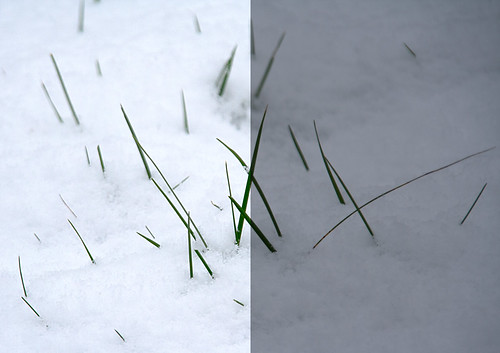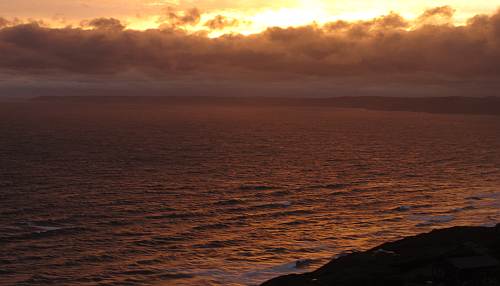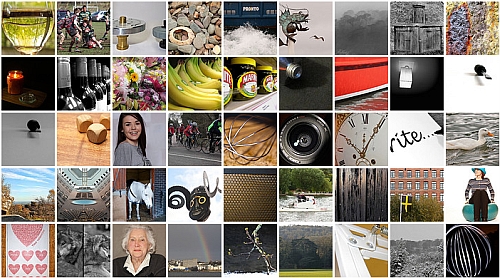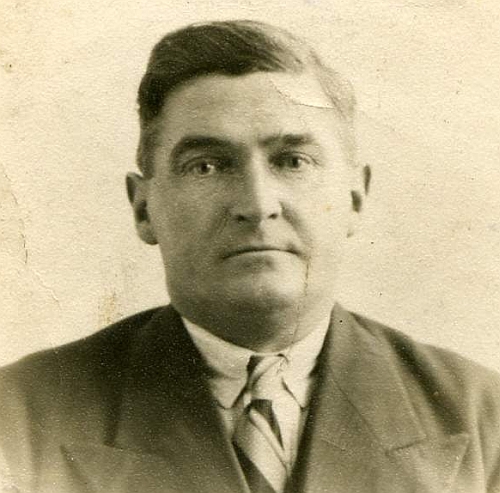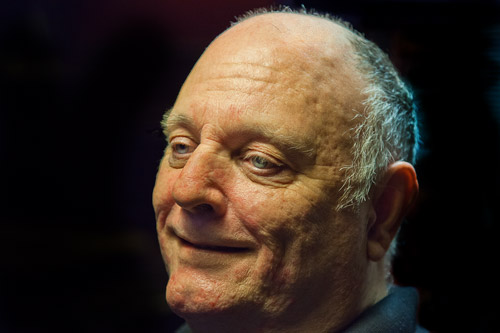
There is no such thing as the perfect exposure, only the one you favour.
Expose to see what you want to see.
The truth is, your exposure can be anything you want. The issue is what do you want it to be? Are you a technical photographer or an artist? Lets look at the options…
The technical photographer
The technical photographer tends to put the emphasis on exposure being “correct” at the balance point in the triangle of exposure. The aim of the exposure is to produce a bright representation of the scene. The technical photographer is concerned with getting the settings “right” and the scene summed up in a “realistic” representation of what they saw. The technical photographer tends to be more concerned with recording the scene.
The artistic approach
For the artistic photographer there is more interest in composition and representation of the scene as as they want to depict it. They are more intent on passing a message to the viewers of the image. They want to create a picture that stimulates emotion and strong feelings. The artistic photographer has an idea. They want to make a photograph to fulfil the idea, express the emotion, tell the story. The artist is concerned with communication, not representation.
The spectrum of types
Of course these two extremes are not really as polarised as I have made out here. We all have elements of both of these personalities in our photography. The artist needs to know about the technical side in order to have artistic control over their work. The technical photographer needs to make the picture to suit the light and the scene. At least some interpretation is needed in the technical approach.
The issue here is about exposure. Sometimes we want to present a shot with the exposure on the darker, more subdued side. We are going for mood maybe, or using light to express itself strongly through shadow. The extreme is the very dark shot, what we might call a low key shot. On the opposite end of the scale is the high key shot – bright, white – strong bright, tending to over-exposure.
When we take an exposure with a DSLR we normally centre the camera meter reading. Supposing we want to take a picture like the portrait above, slightly underexposed. If we are working with the camera in full manual mode we can simply under-expose by doing one of the following: narrowing the Aperture, lowering the ISO or using a faster Shutter Speed. The opposite is also true. You can over-expose too. In other words you can creatively make what you want out of your shot by controlling the exposure. In the portrait above I wanted to emphasis the strong maleness of my subject. The strong shadows provided the vehicle for that. So the slight under-exposure complemented the already low lights… just what I was looking for.
In the case of the semi-manual modes, the option for full control of the exposure is not available. However, the exposure compensation dial can be called into play. If you want to under expose you can dial to the negative side. If you want to over expose slightly then dial to the positive side. This frees up your exposure to bias the result in favour of your creative idea. Check out the manual for your camera to see how the exposure compensation dial works.
The whole complex of variables that affect exposure, ISO, Shutter speed and Aperture settings are an interaction of functions that allow us to control our image. If we ignore the “ideal” exposure indicated by the camera light meter we actually have a whole world of potentially creative controls. There is no such thing as the perfect exposure. If you are a technical photographer you can still free up your exposure to make a photograph that expresses what you see in a scene. If you are an artist, you can be quite technical about exactly the exposure you want.
Enjoy your exposures. There is no such thing as perfection, and that applies to photographic exposure too. But there is a perfectly good exposure for every photograph… that is the one you want.
 Photokonnexion tips by email
Photokonnexion tips by emailIf you enjoyed this article please sign up for our
daily email service.
Find out more…
Start Photokonnexion email subscription now!
Photokonnexion Photographic Glossary – Definitions and articles.
Definition: Exposure
Definition: Aperture
Definition: f number
Definition: ISO
Definition: Shutter Speed
Definition: DSLR; Digital Single Lens Reflex Camera
Definition: Shadow



